A Tasty Pasta Recipe With Spinach, Garlic, and Guanciale Sauce
Strozzapreti pasta has a way of grabbing sauce and flavor like no other. Its twisted shape holds onto every bit of goodness, making it perfect for a bold, simple dish. In this recipe, we toss it with crispy guanciale, wilted spinach, and garlic-infused olive oil. It’s rich, savory, and comes together fast.
Guanciale, the cured pork cheek, gives this dish a deep, meaty flavor without weighing it down. It crisps up beautifully, adding texture and salt. Spinach balances it with a hit of green, while garlic brings the whole thing to life. No cream, no heavy sauces—just clean, bold ingredients doing their thing.
You don’t need much to make this pasta sing. A hot pan, a few good ingredients, and ten minutes are all it takes. The result? A comforting, satisfying dish that tastes like something you’d get in a cozy Italian trattoria.
Whether you’re cooking for yourself or serving guests, this strozzapreti with spinach, garlic, and guanciale hits all the right notes. Rustic, quick, and packed with flavor—this one’s going into regular rotation. Let’s cook.
Pasta with Spinach, Garlic and Guanciale Sauce
Ingredients
- 8.8 ounces strozzapreti pasta or whatever pasta you have on hand
- salt to taste
- 2½ ounces guanciale finely diced
- 1 tablespoon garlic freshly minced
- olive oil as needed
- 2 handfuls fresh spinach
- hot pepper flakes optional
- ¼ cup Parmesan cheese freshly grated
Instructions
- Bring a large pot of water to boil for cooking the pasta. When it comes to a boil, add salt, stir and toss in the strozzapreti pasta—Cook following directions for al dente.
- While the pasta is cooking, heat a medium saucepan over medium heat. Add the guanciale and cook for approximately 5 to 7 minutes until it renders some of its fat and starts to brown. Stir continuously, so the guanciale doesn't burn.
- Add the minced garlic to the rendered fat toward the end of the guanciale cooking. Add a tablespoon of olive oil if you think there is not enough rendered fat. Saute the garlic for 1 minute until it releases its wonderful fragrance.
- Add the spinach and stir to combine. The spinach will wilt rather quickly, about 1 or 2 minutes.
- When the sauce is done, hopefully, the pasta is perfect al dente. Before draining, remove and reserve about ½ cup of the pasta water. Drain the pasta and place back in the pot it was cooked in.
- If the sauce looks too thick, add a tablespoon at a time of the reserved pasta water. This will thin out the sauce a little and help the sauce stick to the pasta.
- Add the sauce to the pasta pot and stir to coat the strozzapreti pasta with sauce.
- Plate onto your favorite pasta bowls, top with hot pepper flakes if you want the dish a little spicier, and then some freshly grated Parmesan cheese. I like to add a little high end freshly pressed extra virgin olive oil to give the pasta more mouthfeel.
Notes
Side Dishes That Pair Well
| Side Dish | Why It Pairs Well | Wine Pairing |
|---|---|---|
| Bitter Greens Salad (Arugula, Radicchio, Lemon Vinaigrette) | The peppery and bitter greens cut through the richness of guanciale and garlic. | Vermentino or Pinot Grigio |
| Roasted Fennel with Parmesan | Sweet, caramelized fennel complements the pork and echoes the Italian flavors. | Soave or Chardonnay (unoaked) |
| Grilled Asparagus with Lemon Zest | Light, bright, and slightly charred—balances the savory pasta beautifully. | Sauvignon Blanc or Pecorino (the wine) |
| Crusty Italian Bread with Olive Oil | Soaks up the sauce and adds a rustic, comforting touch. | Chianti Classico or Barbera d’Alba |
| Marinated White Beans with Herbs | Earthy beans add texture and a mild contrast to the bold, garlicky sauce. | Verdicchio or dry Rosé |
| Charred Broccolini with Chili Flakes | Adds a little spice and bitterness that plays well with the salty pork. | Falanghina or Frappato |
Strozzapreti Pasta (stroh-tzuh-PRAY-tee)
Strozzapreti is pasta with personality. Twisted and hand-rolled, it looks like a cross between cavatelli and a loose corkscrew. The name means “priest stranglers,” and the story behind it is full of legend and humor—just like good pasta should be. Some say angry cooks made it for greedy clergymen. Others think it was just so good, priests choked from eating too fast. Either way, the name stuck.
The shape isn’t just fun—it’s functional. Strozzapreti grabs onto sauces like a pro. It works with rich meat ragùs, light garlic and oil, creamy sauces, or hearty vegetables. It’s a pasta that plays well with others but always stands out.
You’ll usually find strozzapreti in central Italy, especially Emilia-Romagna and Tuscany. It’s often made fresh, with just flour and water, rolled by hand on a floured board. No machines. No fancy tools. Just time, rhythm, and a little muscle.
What makes strozzapreti special is its rustic charm. It doesn’t try to be perfect—it just tries to taste good. And it does. Whether you’re making it at home or grabbing a bag of dried pasta, this shape brings old-world flavor to your table with every bite.
A Little History of Strozzapreti
Strozzapreti is a specialty from north-central Italy. You’ll find it in Tuscany, Umbria, and especially in Emilia-Romagna. The name strozzapreti translated means “priest strangler”, preti means priest, and strozza means to strangle.
So why the strange name for pasta? The story I read goes back to the 1800s when the Papal State (the Catholic church) decided everything including the land, rivers, and mountains belonged to the church. Everything was taxed and over time they continuously raised those taxes and thus angered the farmers and local peasants living in this north-central part of Italy.
The priests, whose appetites were as large as their greed would stop into local villages on their way to Rome demanding a huge meal and a place to sleep. The locals had no choice but to comply.
The church also confiscated milk and eggs from the farmers so the farmers were forced to make pasta without eggs. Legend has it that when the women of this area made the popular strozzapreti pasta for the clergymen, they would curse them as they twisted the short pasta imagining the “strangling the fat throat of a purple-cloaked bishop.”
There is so much more about the history of this pasta on the internet, but I really like the story told here.
If you don’t want to make strozzapreti pasta by hand, you can find strozzapreti at most Italian specialty stores or online. If you can’t find it, you can try substituting fusilli, penne, or gemelli.
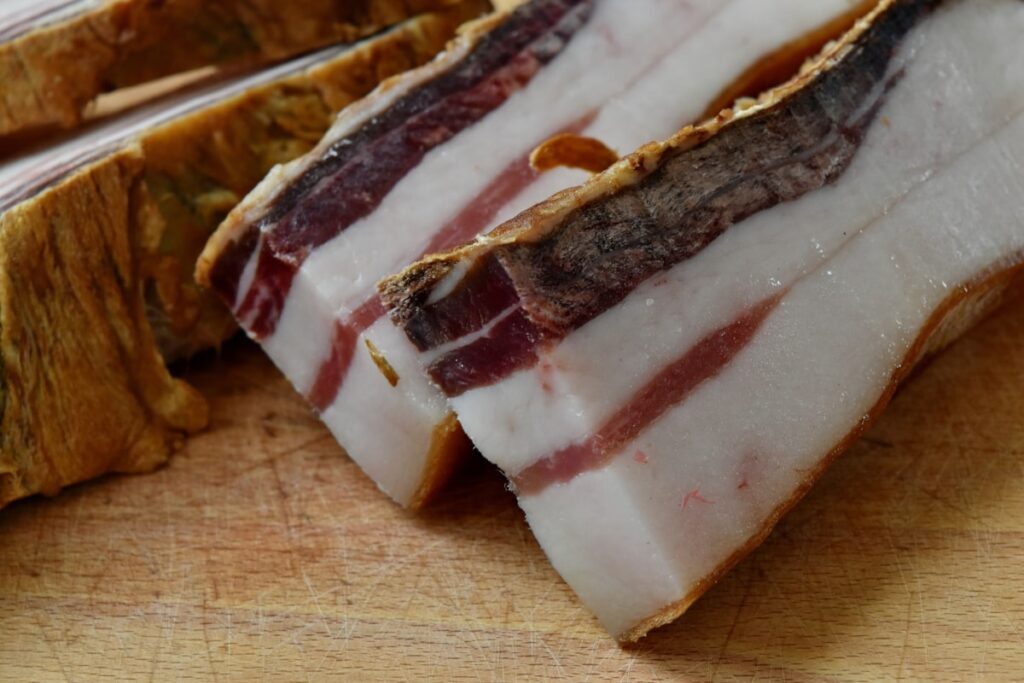
Guanciale – (gyaan chaa lay)
Not everyone is familiar with this Italian delicacy, but it is a crucial ingredient in some classic Italian dishes, such as Bucatini all’Amatriciana and Spaghetti all’Amatriciana. If you have a gourmet specialty market, you should be able to find some, especially if it is an Italian market. You probably won’t find it in your everyday supermarket, unless you’re shopping at a Wegmans or Whole Foods.
Guanciale is a cured meat coming from pork cheeks or jowls. The pork cheek is rubbed with salt and a variety of spices, then cured for approximately three weeks. By this time, it will have lost as much as 30% of its original weight.
Guanciale Is Not Pancetta
Not to be confused with pancetta, a salt-cured meat from the pork belly, Guancialeis is considered to have a more delicate texture. It is an incredible ingredient for adding depth of flavor to Italian dishes and sauces.
Pancetta is another wonderful cured meat to cook with or use in a variety of dishes and is often substituted for Guanciale when not available, but if you can find it, buy some and try it in your next dish or any recipe that calls for bacon to enhance flavor.
You can try this other recipe featuring guanciale at Braised Beans and Spinach with Pecorino Romano Cheese Recipe.

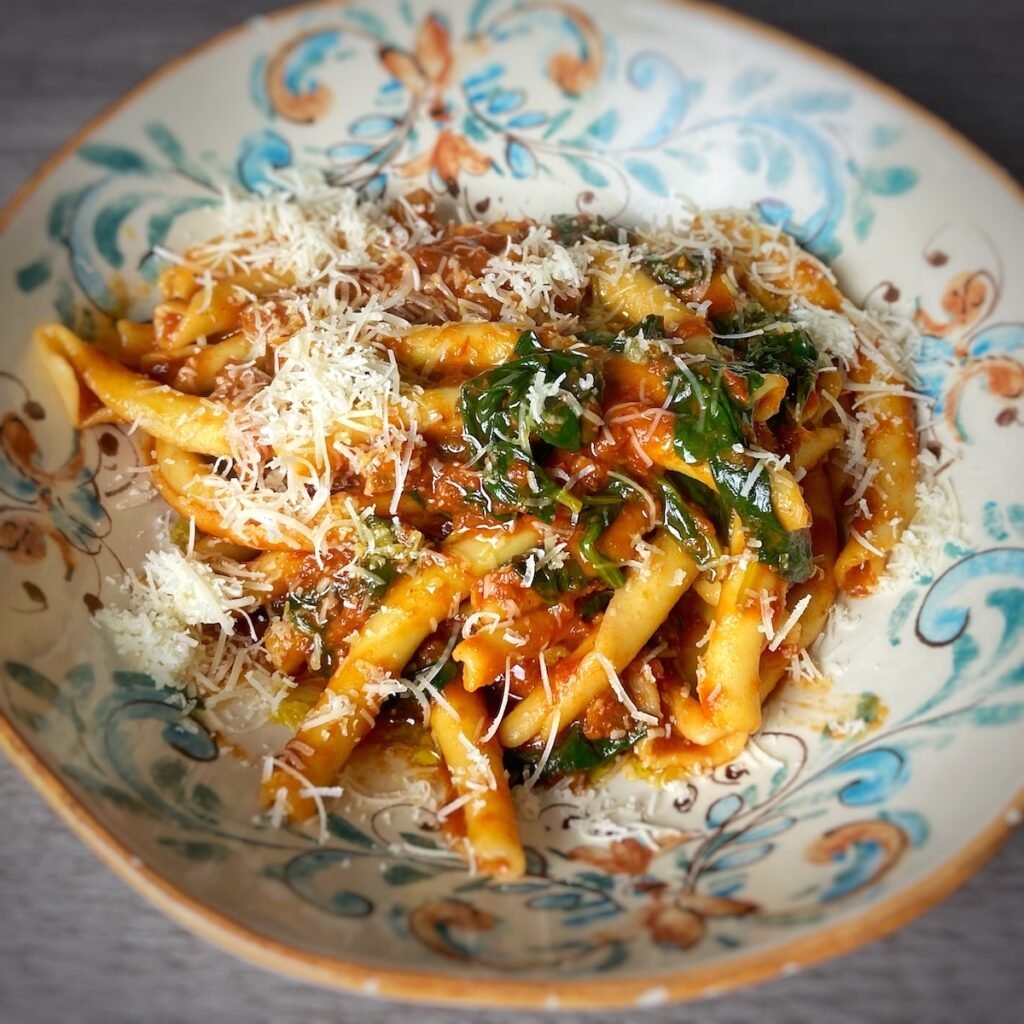
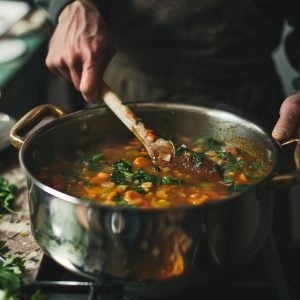

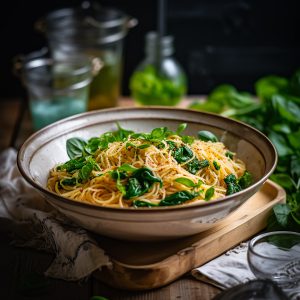
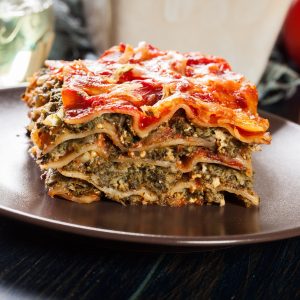
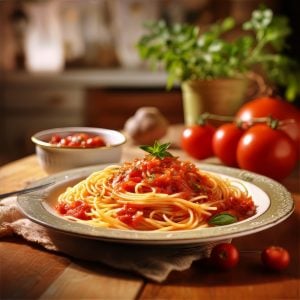
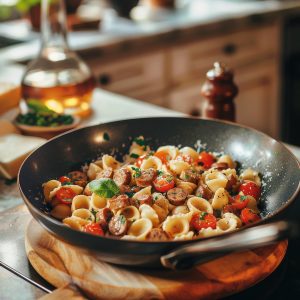
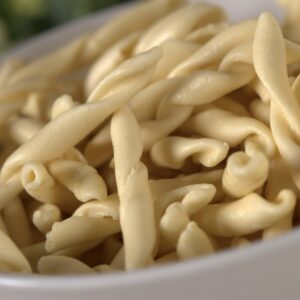
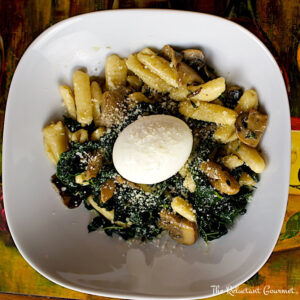

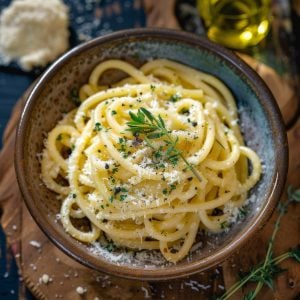


One Response
One of my favorite recipes and I’m testing out my rating system.